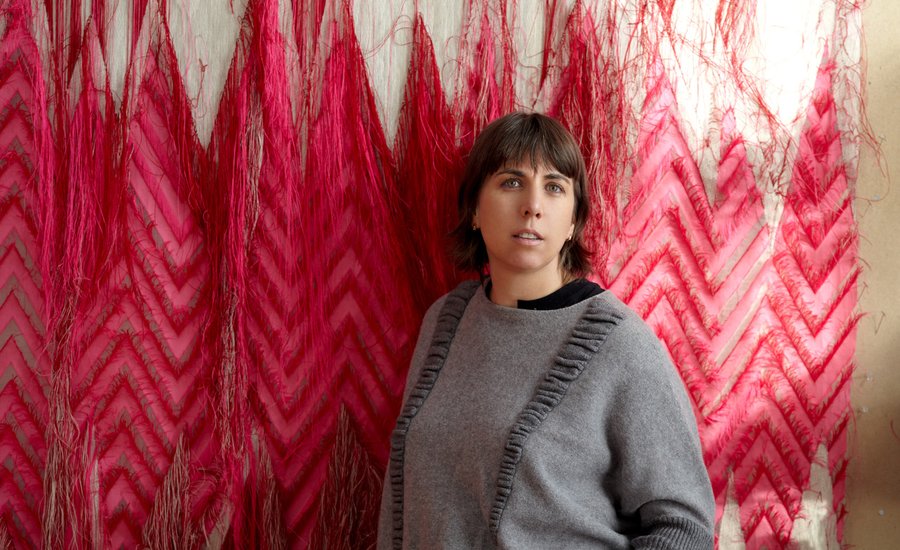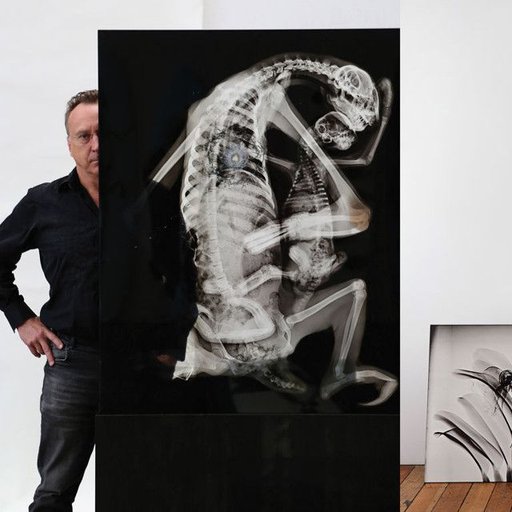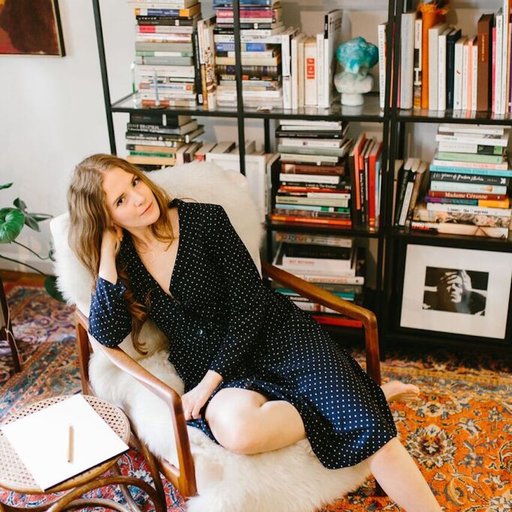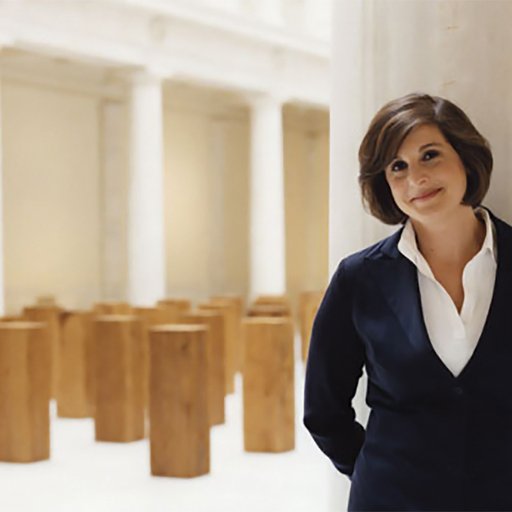In 2003 the Urban Institute conducted a study and learned something about the way art is valued in the U.S. that's quite disturbing: “96% of American value the arts in their communities. 27% of Americans value artists.”
While many are enriched and invigorated from visiting museums and galleries or listening to music and attending performances, there’s a disconnect between consuming creative content, and appreciating those who produce it. So, why is it important that we value artists? What do artists need support for, exactly? And how can they get it?
Every year, United States Artists (USA) awards $50,000 fellowships to 50 artists across the country. This money is completely unrestricted, allowing artists to spend money on whatever they want, whether it’s art supplies and studio rental or health insurance and debt payments. USA held their annual Artists Assembly in Chicago last month to celebrate the 2016 fellows and the tenth anniversary of the organization. Artspace asked the fellows what they spent their their money on (or planned to spend their money on), and the answers we received were as diverse as the artists themselves—who come from all corners of the country (Alaska, rural Wyoming, New Mexico, etc.) and work in media ranging from music and craft to architecture and painting. Here are their responses in their own words:
Charles Atlas
Visual Artist
New York, New York
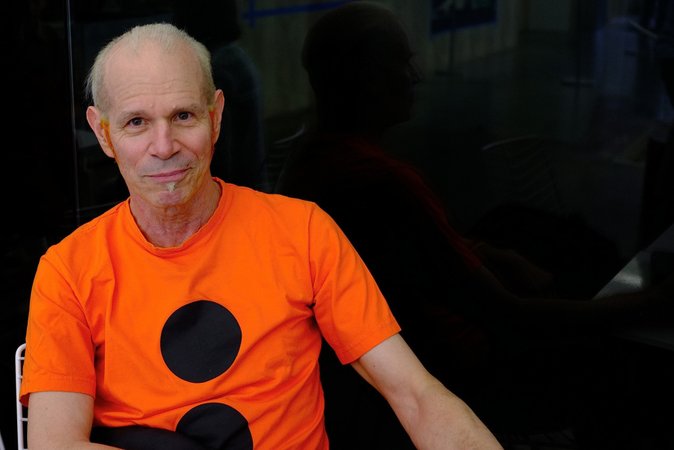
"I’ve never got a lump sum like this before so I’m thinking of going somewhere I’ve never gone to do something I’ve never done. I’ve been too busy to figure out where that place is, but I’ll be working on it this summer. Otherwise, my art is my only source of income, and since I make video art—and not something like painting which more easily makes money—this money will help me pay the bills and go to a doctor every once in a while. My cat is getting old and has expensive medical care too. You wouldn’t believe how much they charge; it’s a racket."
Raven Chacon
Sound Artist
Albuquerque, New Mexico

"I used some of my money to make renovations on my house. That way it will continue to accrue value; it’s an investment. But also, since I make music and sound installations—as opposed to objects that I can sell—it’s hard to make money from what I do. I make intangible art that is momentary and temporary so the USA grant supports this work."
Sharon Johnston and Mark Lee
Architects, Johnston Marklee & Associates
Los Angeles, California

"There’s tremendous overhead involved in running an office. A grant gives us the resources to invest in software and things that allow us to do research around our projects that are hard to budget for. It’s really difficult to carve out the time to be pure in research that is unhinged from your institution, your teaching, your client."
Raphael Xavier
Dancer
Philadelphia, Pennsylvania

"As a dancer, the only thing I need is space. But if you have a community, and relationships to people who are willing to help you, space is cheap. You want to be responsible and gracious and pay dancers for their time. For me though, the work pays for itself. I get paid to perform and that’s how I survive. The USA grant money I’ll sit on. Just because you get money, doesn’t mean you should spend it right away. You need to grease the machine."
Eddy Kwon
Musician
Cincinnati, Ohio

"I’ve spent most of it on shoes and whiskey. Just kidding."
Roberto Lugo
Ceramacist
Marlboro, VT
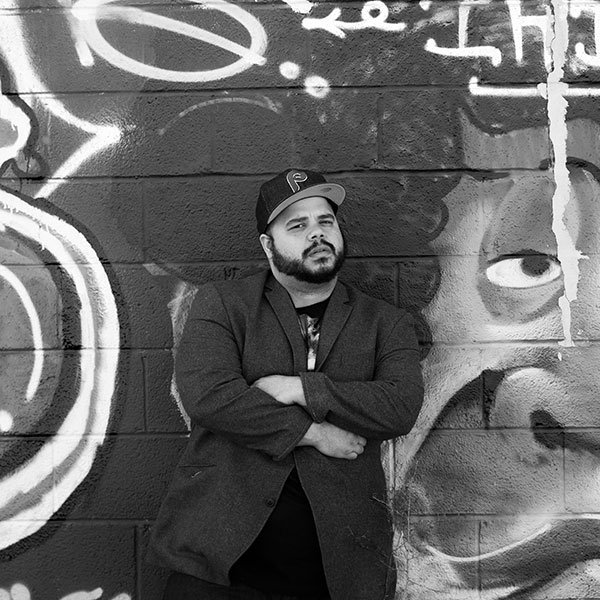
"I’ve lived a life where I’ve had to sell everything that I could. Years back, I sold everything I made in three days for $60 because I really needed the money, and then my wife lost the money—so we had to ask for money just to get gas. I was declined from all the graduate schools I applied to, denied from all the residencies, and started to really depend on the sale of my work. So USA allowed me to make work that doesn’t need to be sold. I can make a video that relates to performance and ceramics. Being able to do performance will make me progress."
Tanya Aguiñiga
Furniture designer
Los Angeles, California

"When I got the money I quit my job and bought a truck. I was able to live off of it for a year, took a trip to Mexico to connect with the craft communities and make work about the US/Mexico border. And, I bought a bunch of tools because I was doing furniture design at the time."
Mike Reed
Jazz drummer and composer
Chicago, Illinois

"I just need to pay the bills. And because I’m not only an artist—I’m also an organizer and programmer—I invest my time in ideas that invigorate a larger community of people. We’re currently working with a collection of improvised jazz compositions from 1980 to 2010 (30 sounds in 30 years) that will be transcribed and made into a book so that people can learn them and play them. So a lot of the money will go towards paying artists to transcribe the music and having them write liner notes. A lot of what I get recognized for is not only being a musician but being part of a scene, so I want to put these resources back in the community so it’s not a be-all-end-all; it will be a continual thing."
Ernie Marsh
Silversmith
Lovell, Wyoming

"A long-term goal of mine has been to build a bunkhouse for students on my property in Wyoming. There are a lot of people who want to learn what I do and I don’t mind showing them—I just can’t accommodate them. I live too far out for people to drive back and forth from town every day to come learn from me. But I don’t expect to use all of it for that; it wouldn’t hurt to have something in the bank!"
Winfred Rembert
Painter
New Haven, Connecticut

"I went out and bought ten cowhides (that I use to paint on.) Sometimes I can buy one or two, but never ten. I also bought some leatherworking tools. I had been making my own tools but they wouldn’t last very long because I could only make them out of soft metal. I’ve also been using the money to buy books that give you tips on dying rawhide."
Hirokazu Kosaka
Theater and performance
Los Angeles, California

"I’ve been working on a project for 40 years called the Verandah series. Growing up in Japan, I thought “verandah” was a Japanese word, but later found that it’s a Sanskrit word for “an in-between space.” There is a veranda in Punjab, Pakistan that I would like to visit. So I think I’ll spend my money on a trip to Pakistan. Verandahs there are within the inside of house where there’s a center court where you meet the sky. They believe that’s where god comes in."
Liz Collins
Textile and clothing designer
Providence, RI

"My grant came at a time when I was really committed to my artwork after having worked in fashion for a while. I got a studio and it gave me permission to be an artist. It was very validating."











